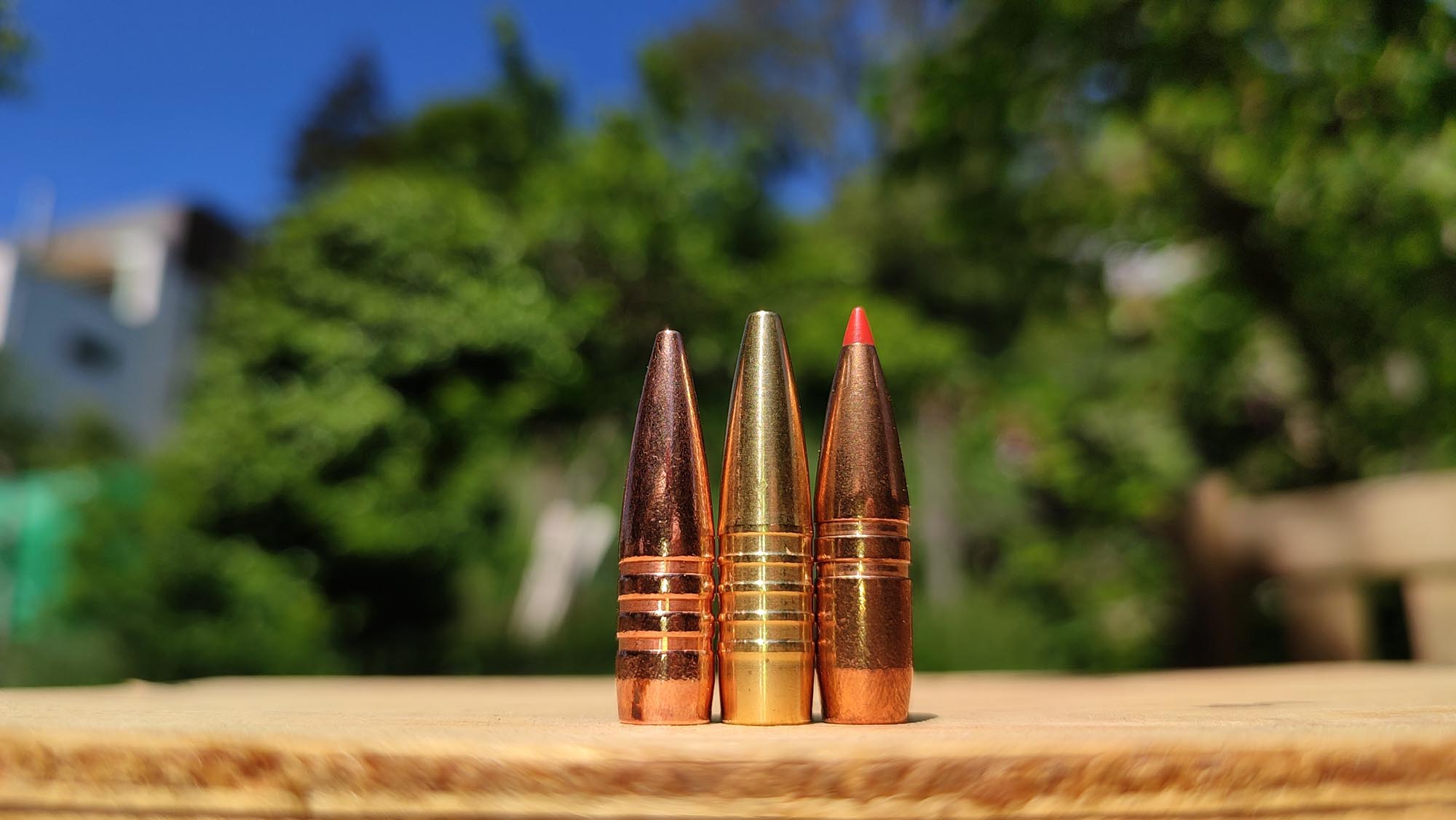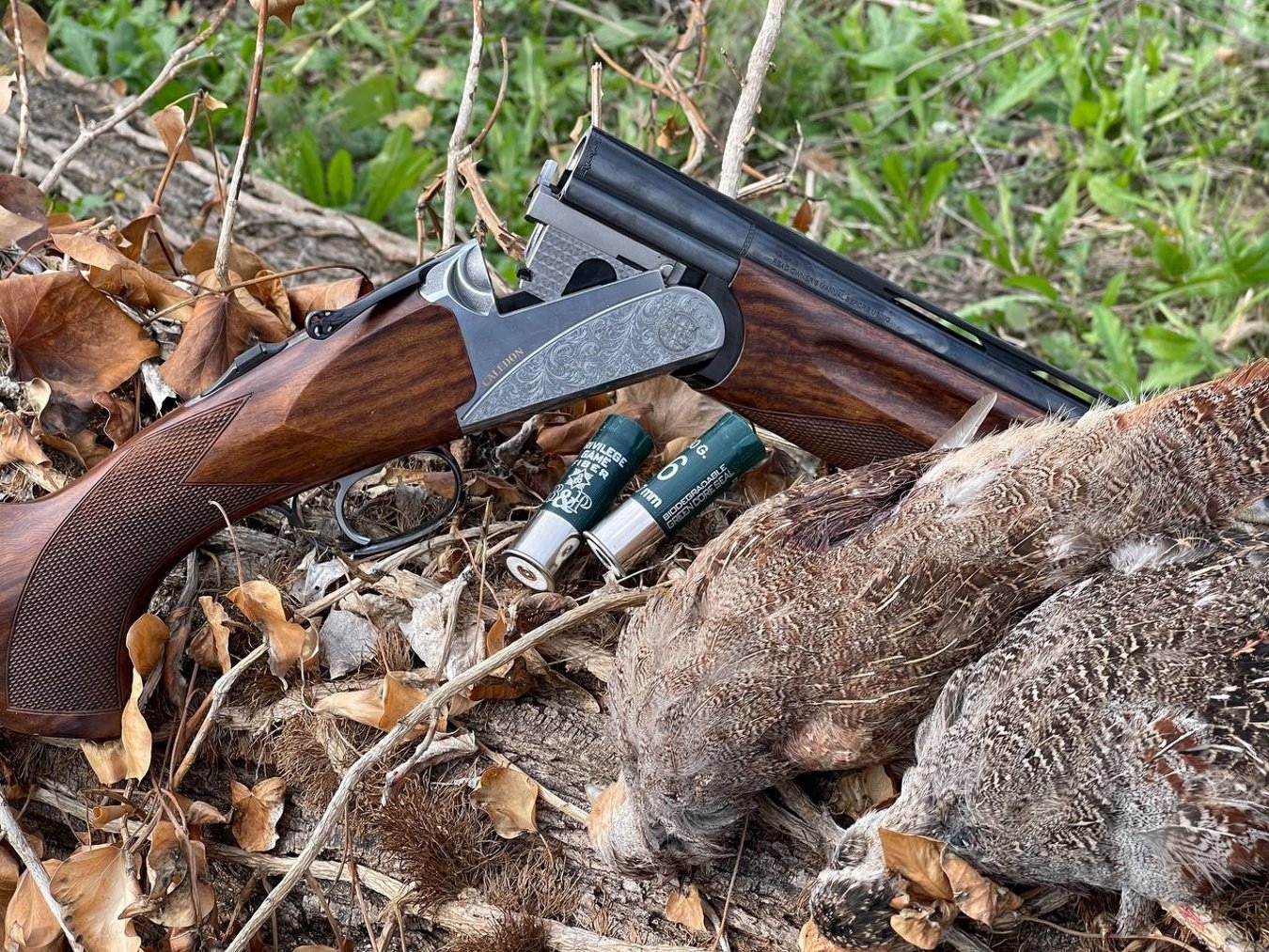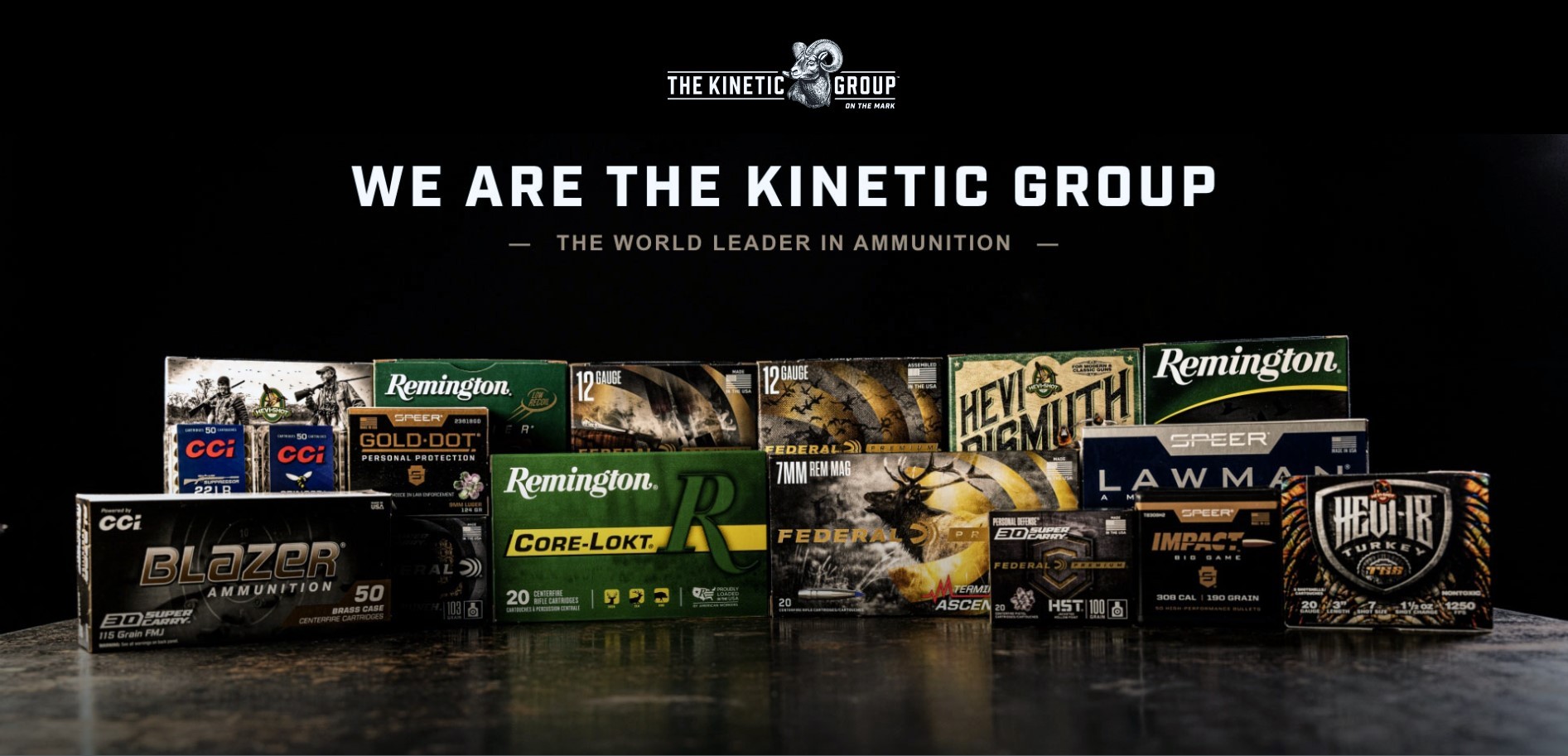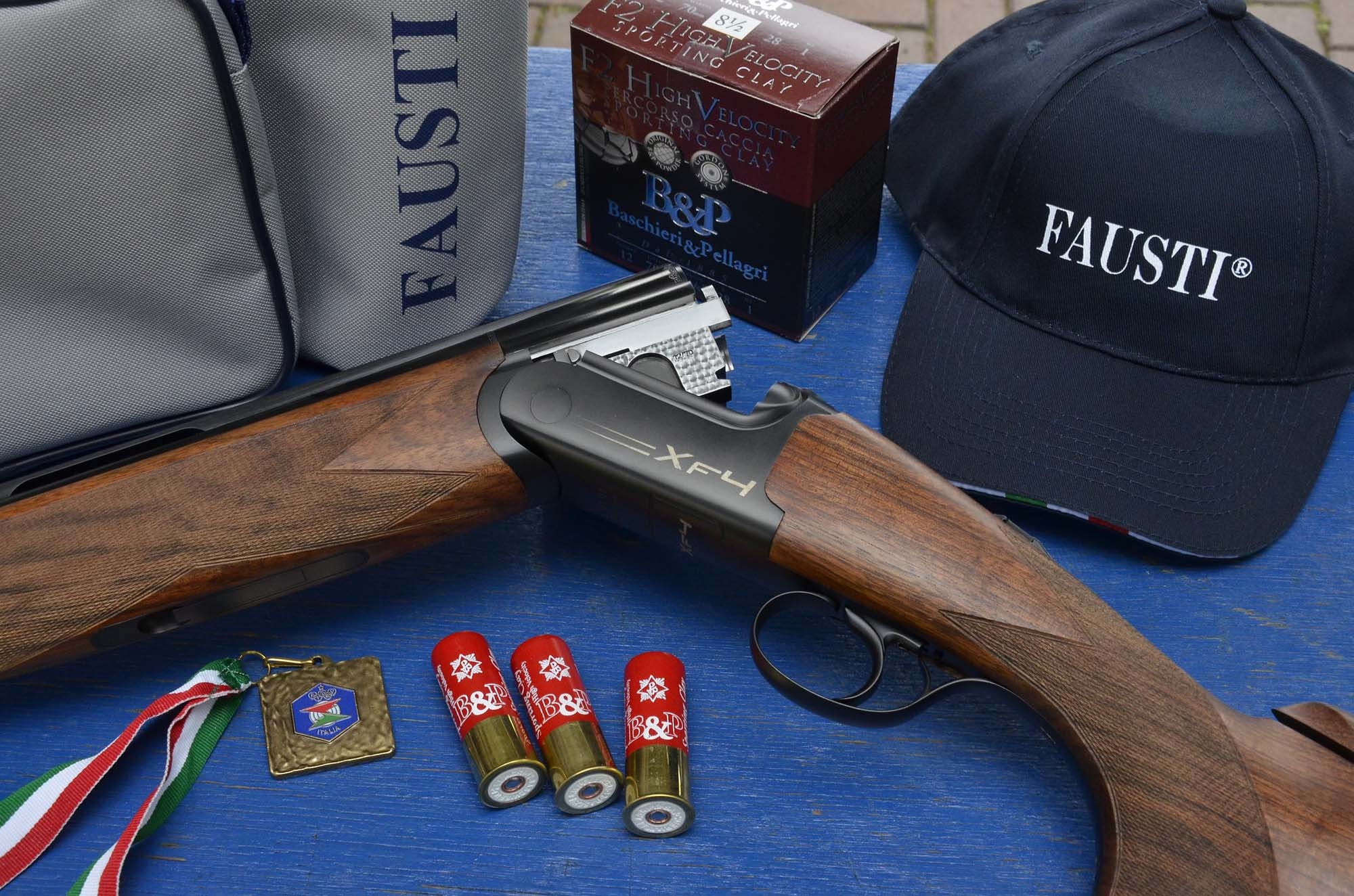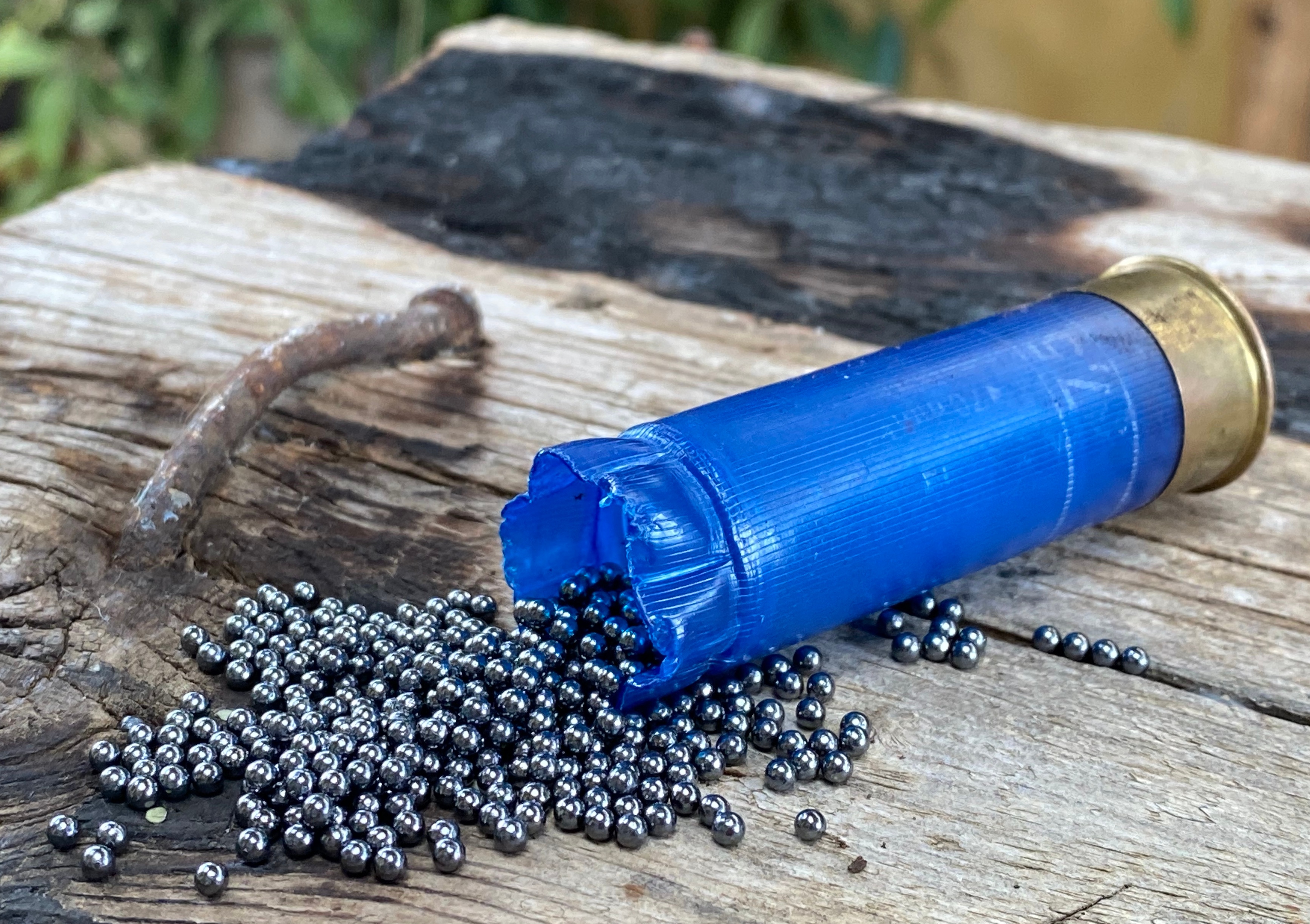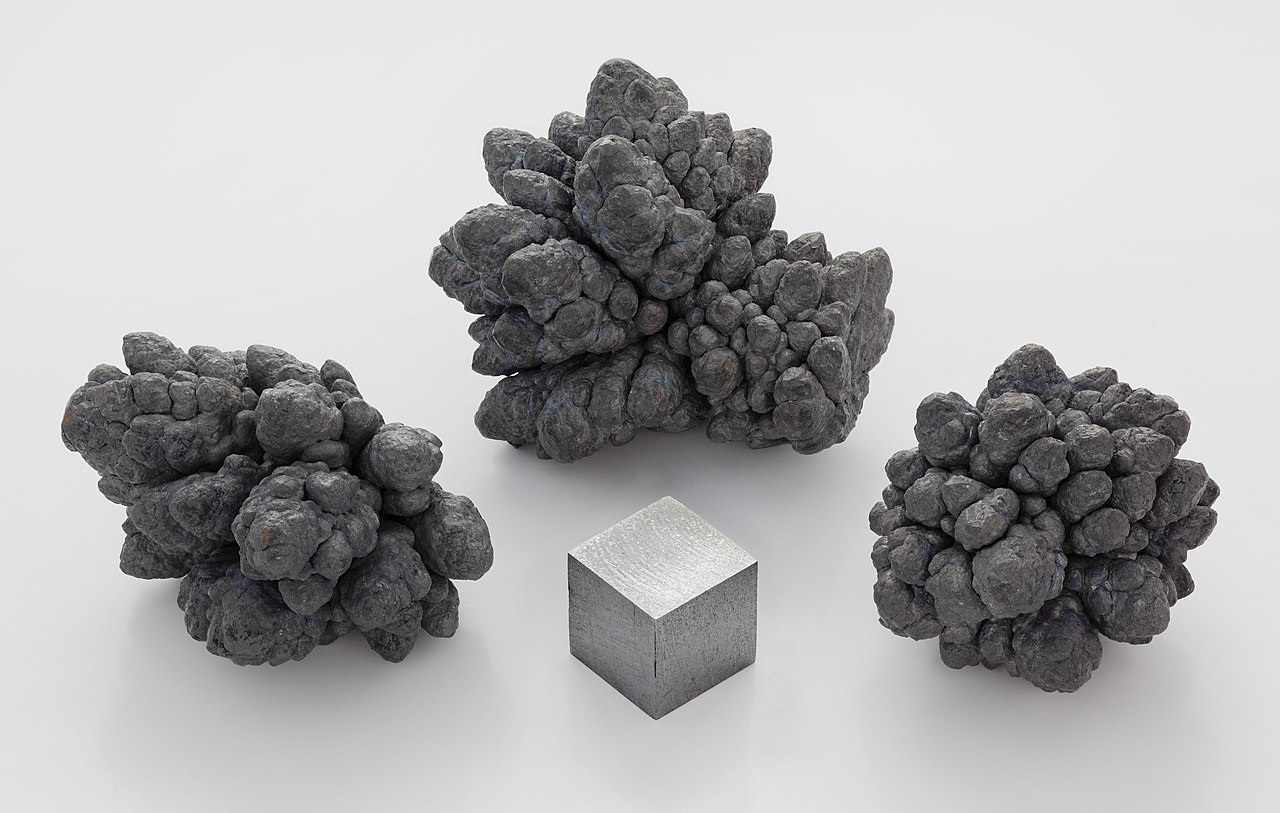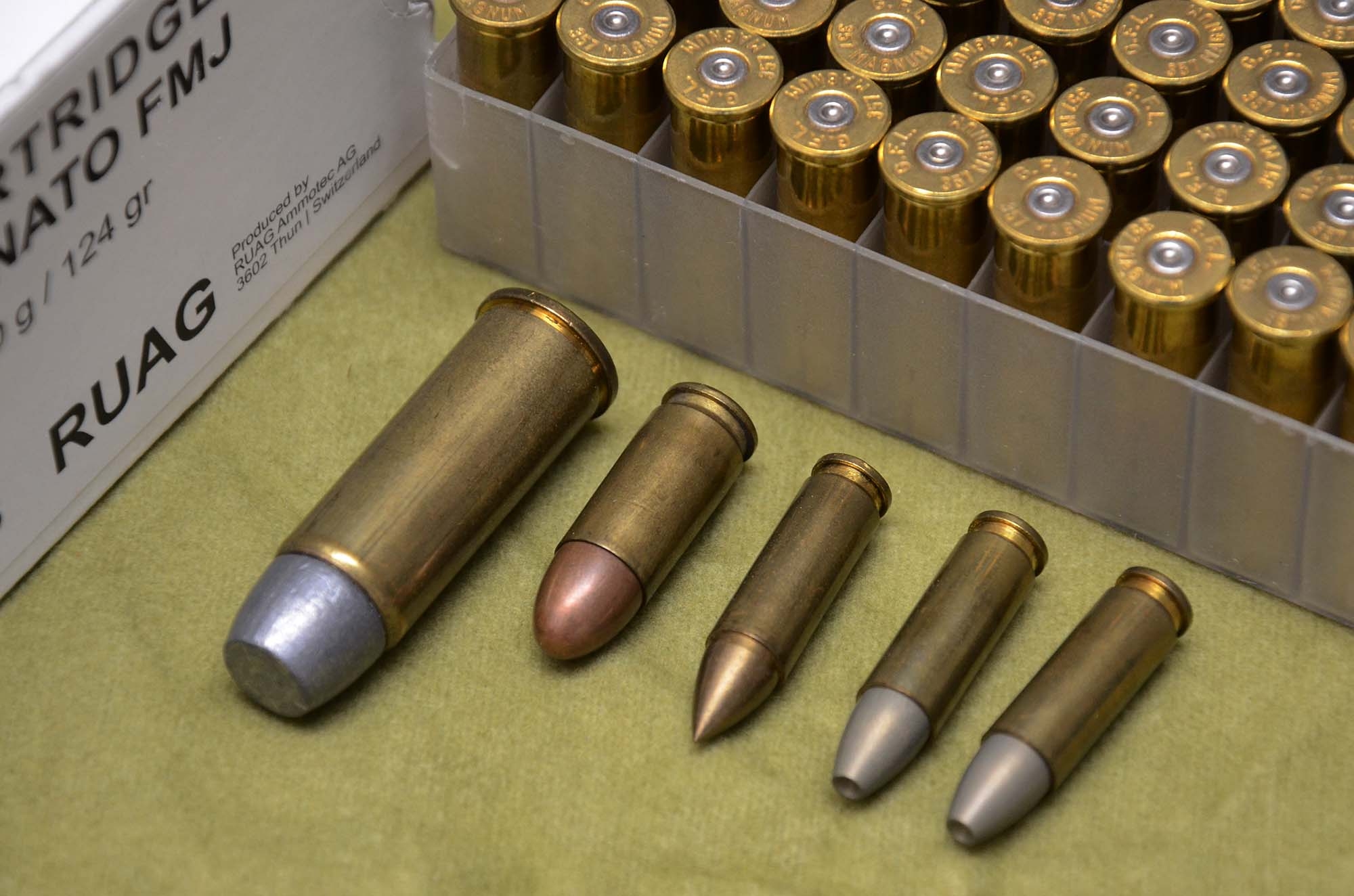Without lead ammunition no sports at the highest level! This sobering and also frightening conclusion is currently proven by two extensive test series, which were just completed by renowned firearms and ammunition manufacturers under the control of the Beschussamt Ulm, the German firearms proof house. It was about rimfire ammo as well as air rifle pellets. On behalf of the JSM (Association of Manufacturers of Hunting and Sporting Arms and Ammunition, based in Ratingen, Germany), both rimfire match rifles and the world's best competition air rifles from clamped rest systems were tested under scientific and transparent test conditions to rule out shooter errors. In addition to the experienced service technicians of two well-known firearms manufacturers, a representative of the Ulm Proof House ensured the control and comprehensible documentation. The ammunition available included the currently leading match cartridges with lead bullets as well as correspondingly high-quality lead-free types from the same manufacturer, so that production-related quality problems could be ruled out on both sides. All participants had also agreed in advance on the test rifles to be used.
Highest precision with lead versus random hits with substitutes
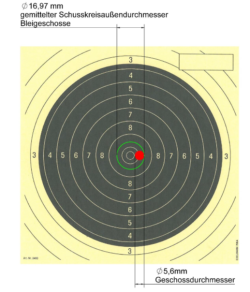
The results of the tests, which lasted several days, speak for themselves. From the free shooting position with rimfire or air rifles today's world-class shooters achieve hit groupings almost as close together as the gun/ammunition "clamped" groupings. Since such closely spaced hit holes could not be evaluated on paper targets, the shooting tests were carried out on bullet traps with a non-contact optical scoring system, which allow each hit of a bullet passing through to be determined with an accuracy of 1/100 millimeter. This method is currently also used in championships worldwide, and is beyond criticism. (Note: for clarification, in this article the electronically registered hit images were then graphically transferred to paper targets).

In the case of the lead-free types tested for comparison and under identical conditions, it was hardly possible to speak of groups in the literal sense – the hits were so scattered over the target area that they could hardly be predicted and were more due to a random principle.
This was also confirmed by several repeated series – hardly any shot string resembled the others. No uniform deviations could be detected, so the groupings could hardly be determined mathematically.
This is what ballisticians and sportsmen alike suspected in advance and also determined in practice beforehand: the specific properties of lead in bullet form, in terms of consistency, flight behavior and precision in shooting, can't yet be achieved by any substitute material whatsoever.
With the air rifle, lead-free ammunition is unusable for top-level sport – these are the consequences:

What does this mean for the impending case that the European Union, on the recommendation of the ECHA (European Chemicals Agency), would ban lead as a bullet material in the future – not only in the wild, but according to expert predictions gradually also on indoor shooting ranges and regardless of the many professional counter-arguments already expressed?
The sporting progress achieved over decades towards ever better performances, new records and admirable body control forms the basis of Olympic victories, world champion titles and international comparisons. This would be drastically stopped and competitive sports would be destroyed, not even worldwide, but only in the area of the European Union.
It is hardly to be expected that non-European nations, for example in Asia, Africa or North as well as South America, would join the scientifically not-justifiable EU restrictions.
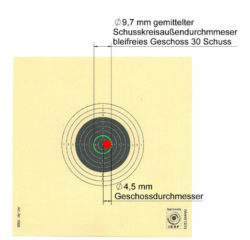
guaranteed.
The impending lead ban on ammunition would affect a good two million sport shooters and hunters in Germany alone. The German Shooting Association alone has 1.3 million members, and the other legally recognized shooting sports associations, which also exclusively use lead ammunition, an estimated further half a million. The shooters would have to give up any form of competitive sport for lack of a suitable material (with the threatening loss of value of their equipment, which is no longer usable), and sporting comparability outside the EU would no longer exist.
What is the next step now in the ECHA process and the intended ban on lead in ammunition at EU level?
On September 24, 2021, the consultation procedure expires, during which affected associations and interest groups can submit their comments to the EU. The German manufacturers' association (JSM) has forwarded the test documentation, which is more detailed in the original, to ECHA – you can download an overview as a PDF document here (in German). Not only the Olympic shooting sports disciplines are no longer conceivable under these conditions, but also the most publicized sport, biathlon.
A similar statement of the International Shooting Sport Federation (ISSF) had already been reported by all4shooters.com. Lead (lead metal in bullets) needs to be rehabilitated as a material in many ways. Many studies start from wrong assumptions and do not consider particle sizes. ECHA's role is to advise the EU Commission, on human, environmental and socio-economic impact.
The overall picture of ECHA's analysis and the conclusions drawn from it are open to attack and fail to recognize the fact that there are no "viable alternative materials" in the periodic table of elements for projectile manufacturing. To put this in perspective, the above-mentioned hearing period of the parties concerned is an important milestone to overturn the ban of lead in ammunition almost at the last second.



